Physicians today must take an entrepreneurial approach to marketing—actively seeking out new patients and referral sources. Entrepreneurial marketing does not need to be expensive. Practices can achieve good results with a few effective techniques.
Differentiate Your Practice
Healthcare consumers today have many choices. To compete, physicians must focus on something unique about their practice that captures the attention of patients and referring physicians.For example, a Chicago-area otolaryngologist has built a strong practice by emphasizing his unique approach to managing allergies. His distinctive care philosophy and good patient outcomes help him stand out from “generic” ENTs.
Primary care physicians can also differentiate their practice. Focus on diabetic care, excellent management of hypertension, teen health—wherever your special interest lies.
Reach Out for Referrals
Physicians are much more likely to make a referral when they know a specialist personally and understand his or her care approach. Specialists can clear both hurdles through low-cost networking.Lunch presentations are a great opportunity. Contact local family practices and offer to bring a sandwich platter to a lunchtime meeting. During the gathering, spend 20 minutes explaining your services and your care approach to physicians and staff.
Other options include going to CME talks, attending hospital fundraisers or simply visiting the physician lounge. Any opportunity to meet physicians or office managers is a chance to develop referrals.
Get in Front of Potential Patients
Health fairs, charity runs and fitness events can draw large crowds, but medical doctors are usually under-represented. Entrepreneurial practices can create strong market awareness by volunteering at these events.Draw people to your booth by offering health screenings that align with your care approach. For example, if your practice’s focus is caring for hypertensive patients, provide a simple stroke risk evaluation.
What if a physician is unco
mfortable meeting the public in this way? Identify a capable “people person” within the office to handle health fairs and other marketing efforts.
Provide “Free Samples”
Free introductory offers are effective in almost every industry. Medical practices can also use this approach with good results.Consider offering a monthly flu clinic with free vaccines to the first ten patients. The cost is minimal and it can attract patients who might otherwise visit a pharmacy clinic. Another possibility: free blood pressure screenings every Wednesday. This could be especially effective for practices near retail traffic. Each strategy provides potential patients with a “taste” of your care approach.
Rethink Patient Service
Many traditional medical practices today are losing patients to retail clinics that offer greater convenience. The good news is that small medical practices can compete with the big chains. The key is to make simple changes that improve the patient experienceUse e-mail to send forms to patients before their appointment. Filling out forms at home allows them to spend less time in your office.
Leave schedule slots open to accommodate same-day appointments. Depending on your specialty, use an open access (50 percent unscheduled) or advanced access (65 percent unscheduled) model.
Develop a patient-friendly process for individuals who need to fast before blood tests. Have staff perform blood draws as soon as possible after the patient arrives, and offer snacks afterwards.
Telephone patients when a physician is running behind. Offer them the chance to come in later or reschedule their appointment.
Follow up on sick appointments. Have a staff member call patients the next day to see how they are feeling and suggest additional steps as needed.
Practices that do a good job on patient service are in a strong position to ask for referrals. Most physicians find that existing patients are the best source for new patients.
Create Electronic Connections
Consumers increasingly expect to be able to manage their lives using digital tools. Medical practices that fulfill this expectation will succeed in forging powerful links with a strong patient base.Most electronic health record (EHR) systems can support an electronic patient portal. A portal allows your patients to check test results, view clinical visit summaries, receive health reminders, request physician appointments and download records to services like Google Health Vault and Microsoft Health.
You can also build electronic connections with patients by upgrading your website. The secret is to provide strong content. In addition to providing downloadable forms, update your site often with seasonal health reminders, healthy lifestyle tips, preventive care information and other resources. You can also distribute content via Facebook, LinkedIn and Twitter or a simple e-newsletter.
Work From a Plan
The key to entrepreneurial marketing is steady progress. To turn a modest time investment into practice growth, create a solid marketing plan and work it consistently.An effective plan will identify your unique selling point, target geography, competition and potential referral sources. List specific marketing initiatives, assign responsibilities and set monthly new-patient goals.
Whatever techniques you use, make sure to track referral sources. Continue marketing efforts that are working and drop those that are not.

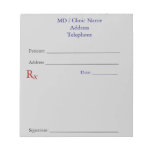




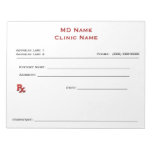
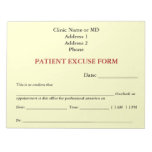
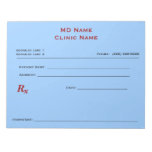
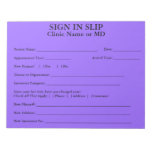
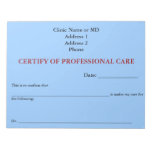
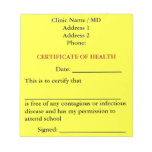




No comments:
Post a Comment